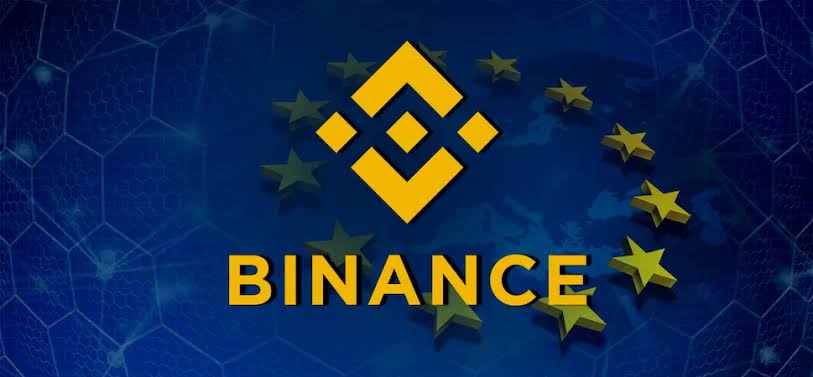Binance has announced plans to delist nine stablecoins in the European Economic Area (EEA) by March 31, 2025, as part of its efforts to comply with the European Union’s Markets in Crypto-Assets Regulation (MiCA).
The decision affects major stablecoins, including Tether (USDT) and Dai (DAI), but Binance will still allow users to hold, deposit, and convert these assets.
While this move aligns with evolving regulations, it also raises critical questions about the future of stablecoin trading in Europe, the impact on users, and whether stricter regulatory compliance could lead to unintended market consequences.
Why Binance is delisting stablecoins in Europe
MiCA aims to bring stability and transparency to the crypto market by setting strict requirements for stablecoin issuance, reserves, and operational standards. Under these new rules, only stablecoins that meet the EU’s compliance criteria can be offered within the region.
Binance confirmed in its March 3 announcement that it will delist non-compliant stablecoins from spot trading pairs, but EEA users will still be able to convert these stablecoins via Binance Convert.
Meanwhile, MiCA-compliant stablecoins, such as Circle’s USDC and Eurite (EURI), will remain available on the platform. Binance is encouraging European users to transition to these compliant alternatives or fiat currencies like the euro to maintain full access to its services.
Despite the delisting, Binance reassured users that custody support for non-MiCA-compliant stablecoins will continue. This means users can still deposit, hold, and withdraw these stablecoins, but they will not be able to use them for trading or other services on the platform.
Read also: Stablecoins: Their roles in the crypto ecosystem, types and associated risks.
Binance stablecoins delisting in Europe
The full list of non-MiCA-compliant stablecoins set to be delisted includes: Tether (USDT), Dai (DAI), First Digital USD (FDUSD), TrueUSD (TUSD), Pax Dollar (USDP), Anchored Euro (AEUR), TerraUSD (UST), TerraClassicUSD (USTC) and PAX Gold (PAXG).
Binance’s decisive step raises questions about the long-term regulatory oversight for stablecoins in Europe. The European Securities and Markets Authority (ESMA), a key MiCA compliance supervisor, has previously stated that non-compliant tokens should be fully delisted by March 31, 2025.
Industry experts speculate that Binance’s approach—allowing deposits and withdrawals while removing trading pairs—may not fully meet MiCA’s requirements.
Read also: Top fintechs and crypto firms partner to launch Global Dollar Network
What this means for European crypto users
For now, EEA-based Binance users can still hold and withdraw their non-compliant stablecoins, but they will need to convert them into MiCA-compliant options or fiat if they wish to use them for trading and other services.
With Europe’s crypto regulations tightening, the coming months will be crucial for Binance and other crypto exchanges operating in the region.
For European crypto traders, this shift presents both challenges and opportunities, including a push towards fiat integration, less liquidity and fewer options in the market.
Stablecoins like Tether’s USDT and DAI are crucial for trading and decentralized finance (DeFi) applications. Their removal from Binance’s spot markets could force traders to rely on fewer stablecoin choices, potentially increasing volatility.
Moreover, Binance has encouraged users to convert their holdings into fiat currencies like the euro or MiCA-compliant stablecoins. This could accelerate the adoption of regulatory-approved digital assets while reducing exposure to unregulated stablecoins.
However, it remains unclear whether the exchange is working toward obtaining a MiCA license or will need to completely phase out non-compliant stablecoins if it secures the license.






